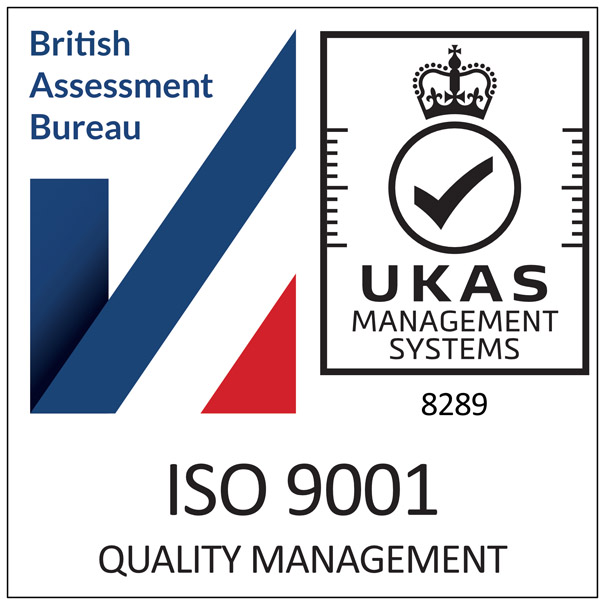
There is much debate as to which weed control landscape fabric is most effective, as well as that surrounding biodegradable and eco-friendly garden weed control fabric versus manmade landscape fabrics. Here, we look at the pros and cons of biodegradable or organic solutions such as cotton, cardboard and mulch, versus woven and non-woven weed control fabrics.
Cotton curtains and sheets
As we all look for ways to better protect the planet, the idea of reusing old items is appealing. Eco-gardeners sometimes advocate using old cotton bedsheets and curtains as a plastic-free alternative to landscaping fabrics.
Pros: Reusing materials is good for the planet and cost-free. It can be a cheap solution for plant beds that require digging out annually but is less desirable under other garden areas that need long-term weed control, such as decking, artificial grass and rockeries.
Cons: Cotton will break down extremely quickly and need replacing within a year. Annual replacement of the barrier to maintain a good level of weed suppression can be highly disruptive to some types of plant beds. What’s more, it can be a challenge to get cotton sheets to lay flat so that roots will not become tangled.
Cardboard and newspaper
Another low-cost method of weed control is using cardboard or newspaper. Cardboard, in particular, is something we all have more of thanks to increasing dependence on online deliveries.
Pros: Cardboard and newspaper is a free method of weed protection. Aesthetically and practically, it is essential to add a layer of mulch over the top of these weed control methods. Together, they will offer a good level of weed protection in the short term, if gardeners can fit the cardboard and newspaper without tearing them and thereby impairing the barrier effect.
Cons: A major drawback of newspaper and cardboard sheets is that they can become havens for pests and rodents. Secondly, their properties become compromised if too wet (creating an impenetrable barrier to water and air) or too dry (causing water to sheet away rather than permeate through). Thirdly, they’ll break down extremely quickly and will need replacing frequently, possibly leaving behind old packaging tape if gardeners don’t diligently remove all traces before laying.
Mulching
Using organic matter, such as a rotted down combination of wood chips, compost, and grass clippings, can be an effective method of smothering weeds.
Pros: Producing mulch is an environmentally friendly way to repurpose garden waste with excellent weed suppression qualities and a pleasing aesthetic. Mulch also helps soil retain moisture by preventing evaporation.
Cons: Mulch quickly breaks down when it’s in contact with the soil and eventually becomes ineffective as weed protection. The process duration can vary from a few months to a few years. A gold standard of weed defence combines the aesthetic and weed-suppressing qualities of mulch with a long-lasting landscape fabric beneath the mulch.
Laying landscape fabrics
Professional landscaping fabrics are not simply sheets of plastic. Purpose-designed landscaping fabrics for weed control feature properties that maintain the quality of the soil beneath.
Pros: There are many advantages to landscaping fabrics. Professional weed control fabrics, such as those in the Product That Works range by Growtivation, block sunlight but allow water and air to permeate, are easy to cut and fit without fraying and do not necessarily require a layer of mulch to give excellent protection against weeds.
For example, Groundtex, which is designed to last 10 to 20 years, has superior strength to suppress weeds, as it does not require a layer of mulch and can be used under decorative stone and aggregates. Importantly, none of Growtivation’s weed control fabrics will harm the soil when they do eventually break down.
Cons: Although Growtivation’s landscaping fabrics are made of polypropylene, they are more environmentally friendly than chemical weed killers. While they’re more expensive than cotton and cardboard, their properties are far more conducive to protecting the health of the soil beneath and are easier to cut and secure than biodegradable alternatives. What’s more, landscaping fabrics offer a long-lasting solution to weed control that won’t require replacing every year, unlike some biodegradable options that can attract unwanted rodents.
Which is the best weed control method?
Although they’re low cost and environmentally-friendly, biodegradable materials, such as cotton and cardboard, can have limited practical usage in a garden and will need to be regularly replaced, unlike professional weed control fabrics.
Using Growtivation’s Geo Fabric Product Selector you can identify the best landscape fabric for your specific weed control requirements. Often, a combination of techniques, including using a high-quality specialist landscaping fabric with a good layer of mulch, is the best solution to weed control. Growtivation’s Weedtex and Landtex landscaping fabrics are designed to be used in combination with mulch.
With over 20 years of experience in the landscape industry, Growtivation understands the needs of landscaping professionals and has concentrated on providing high-performance solutions with our Product That Works range.
Growtivation’s wide range of professional landscaping systems means we have the right solution for all common landscaping problems.
Find out more about the Growtivation Product That Works range by downloading our Product Guide and your free copy of our Landscaping That Works guide to weed control and geotextile fabrics. Our PledgeMark warranty certifies that our products are suitable for their intended use for your peace of mind and quality assurance.
To find out where you can buy Growtivation products visit our online Where to Buy facility or contact the friendly team at Growtivation for advice on 0800 197 8885 or email sales@growtivation.com.












